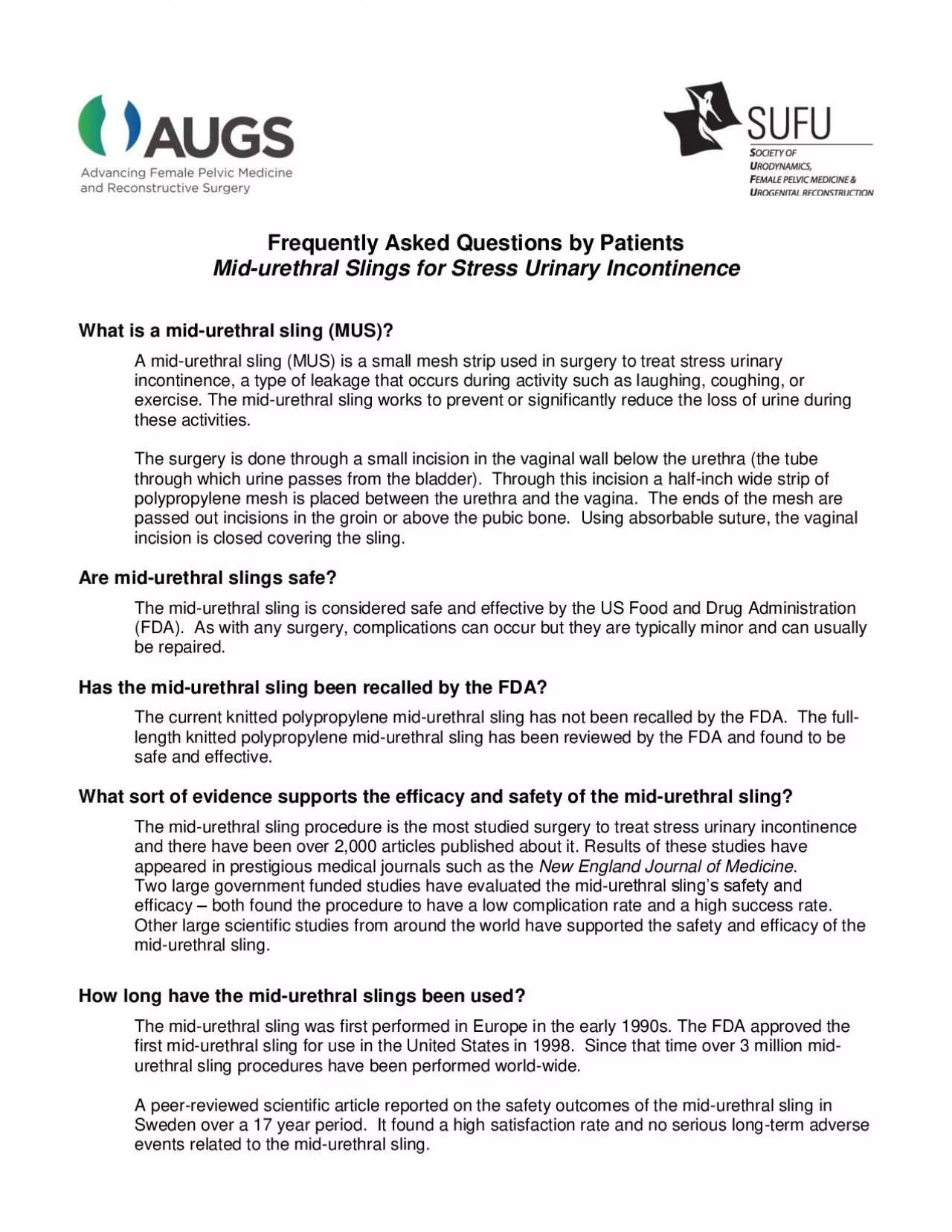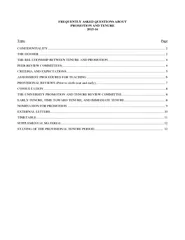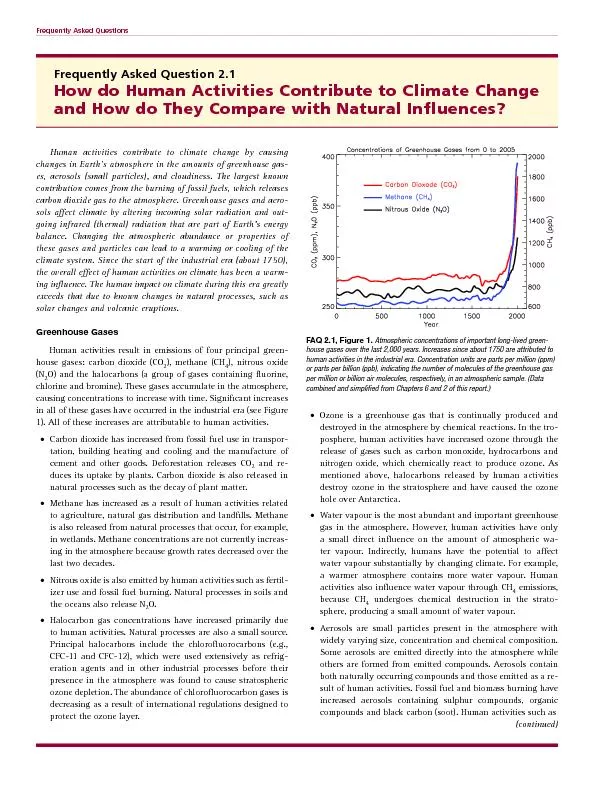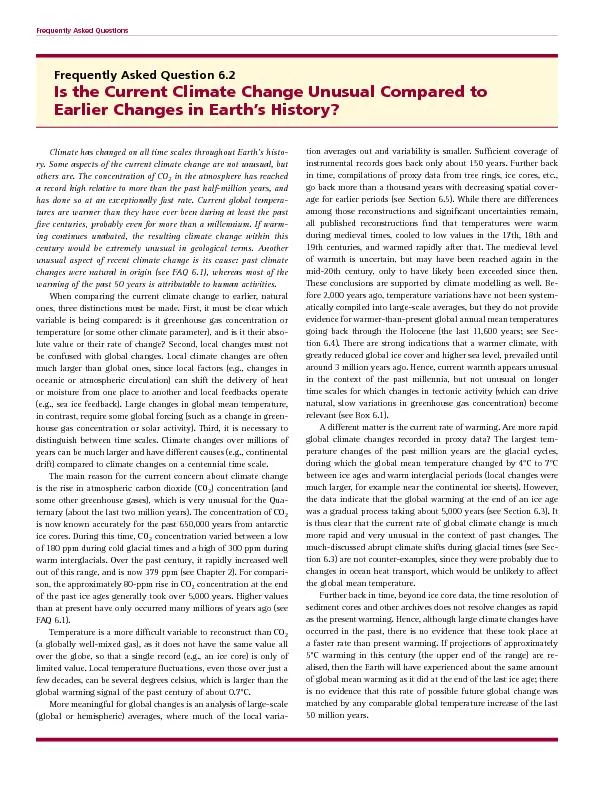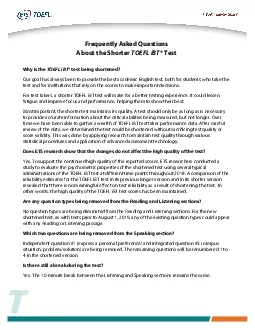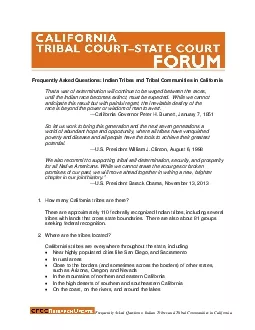PDF-Frequently Asked Questions by Patients
Author : emery | Published Date : 2021-06-29
Mid urethral Slings for Stress Urinary Incontinence What is a mid urethral sling MUS A mid urethral sling MUS is a small mesh strip used in surgery to treat stress
Presentation Embed Code
Download Presentation
Download Presentation The PPT/PDF document "Frequently Asked Questions by Patients" is the property of its rightful owner. Permission is granted to download and print the materials on this website for personal, non-commercial use only, and to display it on your personal computer provided you do not modify the materials and that you retain all copyright notices contained in the materials. By downloading content from our website, you accept the terms of this agreement.
Frequently Asked Questions by Patients: Transcript
Download Rules Of Document
"Frequently Asked Questions by Patients"The content belongs to its owner. You may download and print it for personal use, without modification, and keep all copyright notices. By downloading, you agree to these terms.
Related Documents

